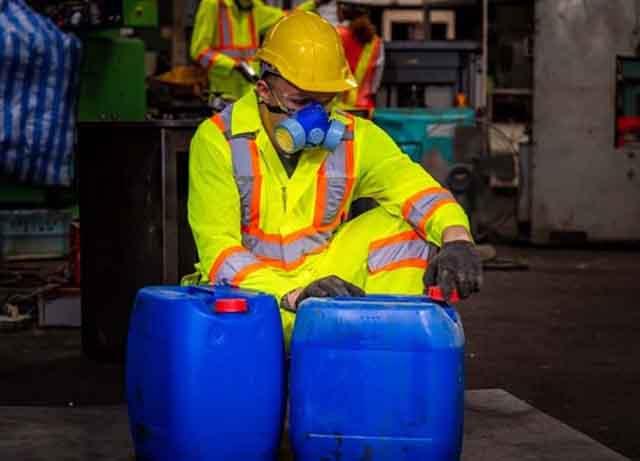New and Young Worker Safety Training Online
protect employees · reduce incidents · stay compliant
HR Proactive’s New and Young Worker Safety Training is an online, self-paced course designed to help employers prepare new and young employees for safe, productive work. Available as individual seat licenses, SCORM packages for your LMS, or hosted on our online training platform, this course is a cost-effective way to meet compliance requirements and protect your team.
Why New and Young Worker Safety Training Matters
Young and new workers are statistically more likely to be injured on the job due to inexperience, lack of training, and limited hazard awareness. As an employer, providing proper orientation isn’t just a legal responsibility-it’s a way to build a stronger safety culture and reduce workplace risks.
This training equips young workers with the knowledge they need from day one, while giving employers peace of mind that compliance obligations are being met.
New and Young Worker Safety Training Online
New and Young Worker Safety Training Online is an awareness program designed to equip young and inexperienced employees with the knowledge and tools they need to recognize workplace hazards, understand their rights, and protect themselves on the job. Through real-life examples, key safety principles, and practical guidance, this training emphasizes the importance of communication, proper training, and following health and safety legislation to ensure all workers return home safely at the end of the day.
Course Overview
- Introduction to Young Worker Safety
- Workplace Injury Statistics
- Understanding Your Rights
- Employer Responsibilities
- Types of Training Provided
- Reporting Injuries and Illness
- Recognizing Unsafe Workplaces
- Common Workplace Hazards
- Speaking Up and Asking Questions
- Shared Responsibility for Safety
Assessment and Certification
- Final knowledge check with 10 questions
- Certificate of Completion
New and Young Worker Safety Training
New and Young Worker Safety Training
- Mobile Friendly
- SCORM Training File
- Duration 15 mins
Request a free demo today
- 1 (888) 552-1155
- sales@hrproactive.com
Train New and Young Workers for Safety. Safeguard your workplace, reduce risks, and meet compliance standards.
New and Young Worker Safety Course Learning Outcomes
- Recognize common workplace hazards in different industries
- Follow safe work practices, emergency procedures, and reporting protocols
- Use personal protective equipment (PPE) effectively
- Understand both employer and employee responsibilities in workplace safety
- Build confidence in communicating safety concerns to supervisors
Build confidence in communicating safety concerns to supervisors
Flexible Training Delivery
We make implementation simple:
- Individual Seat Licenses – Easy purchase for small businesses or occasional new hires.
- SCORM File – Upload directly to your company’s LMS for seamless integration.
- Hosted LMS – Use our secure learning portal with built-in reporting and certificates.
Whether you need to train one worker or hundreds, our delivery options scale to your organization’s needs.
Save time and streamline your onboarding by bundling Young Worker Safety Training with other essential workplace training programs:
- Young workers entering their first job or co-op placement
- Seasonal staff, part-time employees, and interns
- New hires with limited workplace experience
- Workers requiring refresher training on safe practices
We provide full support for every delivery method:
- Technical assistance with SCORM file integration
- Hosted portals branded to your organization
- Bulk purchasing discounts for larger teams
- Reporting tools for compliance tracking and audits
Call now to begin
Safety starts with training. Empower new and young workers, safeguard your workplace, and stay compliant.
- 1 (888) 552-1155
- sales@hrproactive.com



